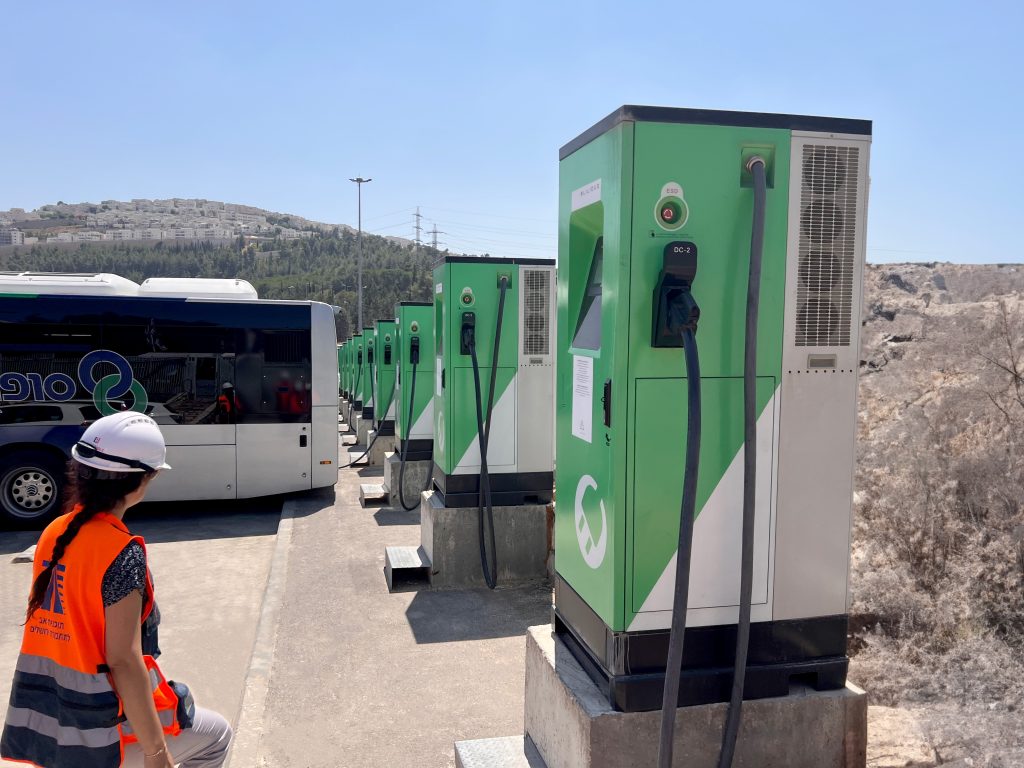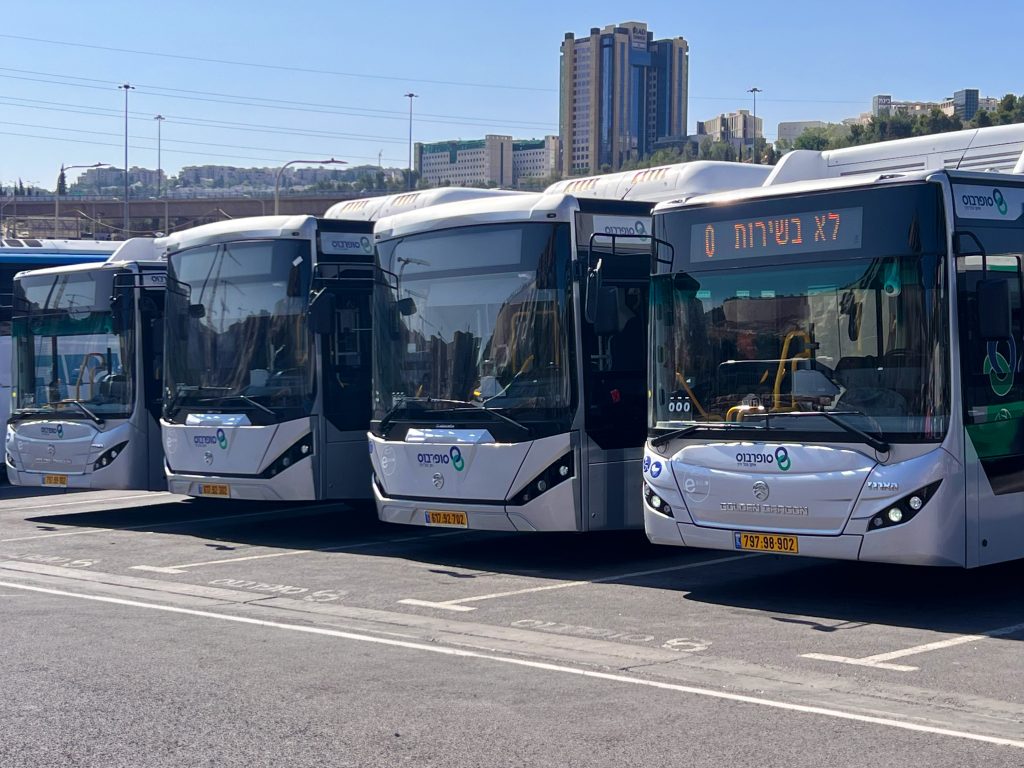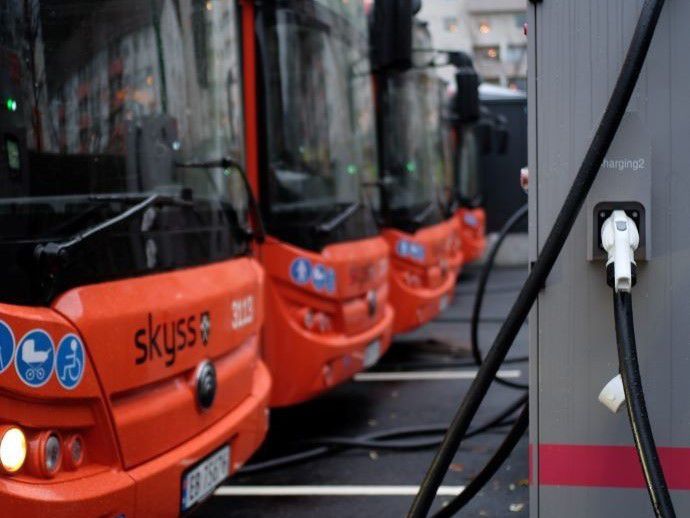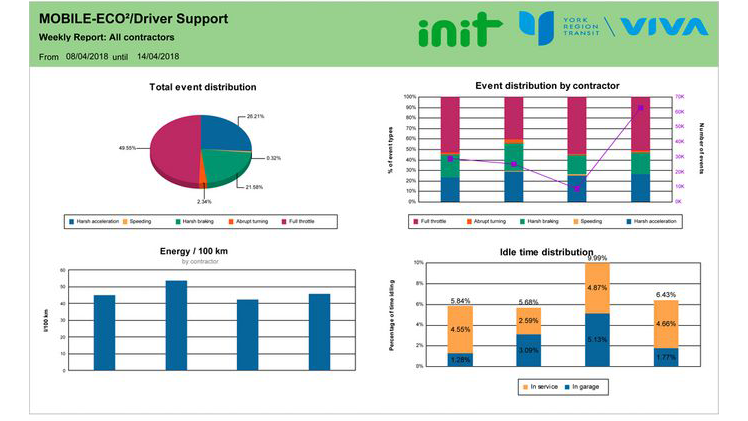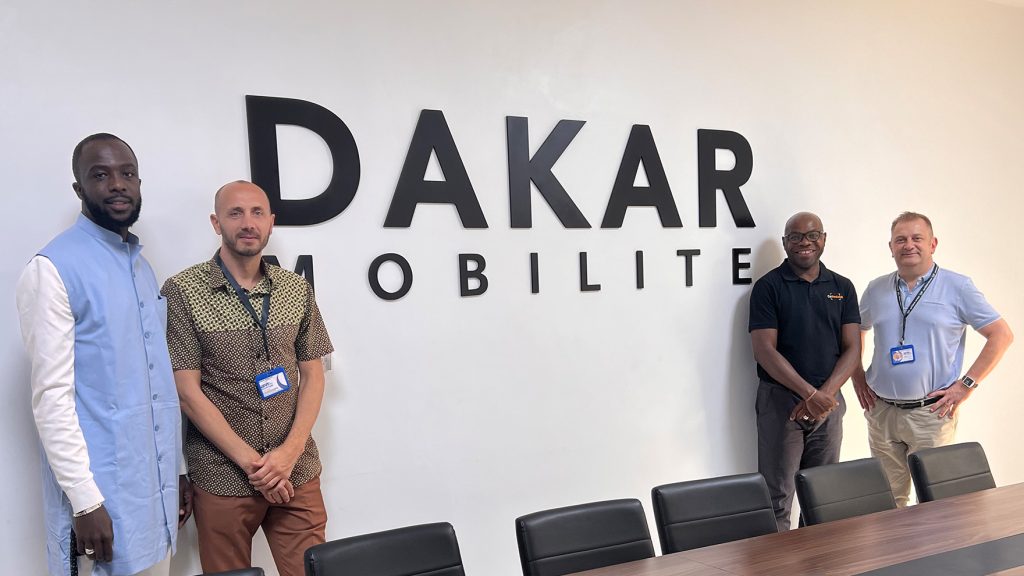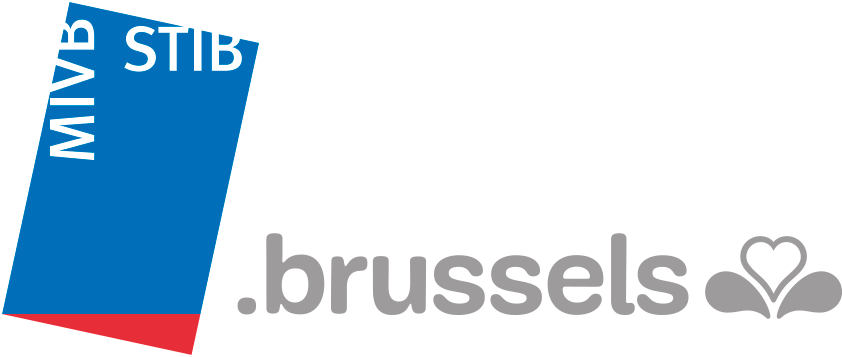Data Tester – get what you pay for!
Get the overview of the bus properties
You have recently received a delivery of new buses and now want to make sure that all requirements have been correctly executed according to your order? Some features are visually detectable and can therefore be easily checked. However, there are also invisible features, such as battery data, which are of essential importance. To ensure that all the requirements you ordered have been met, we offer you the Data Tester – an extremely useful tool for comprehensively checking the characteristics of your bus fleet. This allows you to keep track of everything and ensure that your fleet meets all the desired requirements.
What exactly is the Data Tester?
The Data Tester is a set consisting of Data Logger and app that provides a detailed breakdown of your vehicle’s data quality within minutes. In just three steps – connect, click, download – you receive a significant report, showing if your vehicles meet the contractually agreed-upon requirements.
Why is data quality so important?
Reliability this is of key importance for fleet operators. Whether making decisions or ensuring seamless integration into IT systems, the quality of data is crucial. When procuring new vehicles, you must ensure that the data contents of the digital interfaces match your systems. For example, the evaluation of the temperature signal inside the vehicle is a vital factor for passenger comfort and the energy efficiency of the bus (read more about VDV 261 on preconditioning in our post: All about VDV 261).
Benefits of the Data Tester
Our Data Tester provides you with comprehensive service, including personal support by our vehicle data experts. With our plug-and-play system, you can easily connect the Data Tester, open the app, and download the report. The system can be used multiple times for all buses, offering detailed error analysis and remote data verification whenever and wherever you need it. All of this comes in a handy package: Data Logger, cable set, app, and manual.
Improved Data Quality with the Data Tester
With the Data Tester, you can enhance the data quality of your buses and receive more accurate error reports. It provides detailed information on when an error occurred, how often it happened, and which components are affected. This gives you a good assessment of the vehicle’s technical condition, no matter where you are.
References
Rheinbahn Düsseldorf: As the local transport provider for Düsseldorf, the Mettmann district, and the Rhein-Kreis Neuss, Rheinbahn transports more than half a million people daily with its 791 vehicles. They are currently in a crucial transition process to convert their bus fleet to emission-free drives. Our Data Tester will assist them in ensuring that their new vehicles meet the contractually agreed requirements and can be seamlessly integrated into their existing IT systems.
VCDB VerkehrsConsult Dresden-Berlin GmbH fully supports transportation companies from the idea to implementation when using alternative drives. They also advise on the implementation of new software solutions, such as charging and load management systems. Collaborating with VCDB will ensure that their clients can ascertain vehicle data quality right from the start, leading to smoother implementations and higher reliability.



